The implementation of the new education policy (NEP2020) has inordinately delayed the admissions at the undergraduate level as the authorities have joined the national academic calendar. Mohammad Fazil Buchh interacts with the stakeholders to offer an idea about how the ‘ambitious’ policy is making the rudimentary shifts in the way the new generation is going to be educated and the flip side of the new policy document
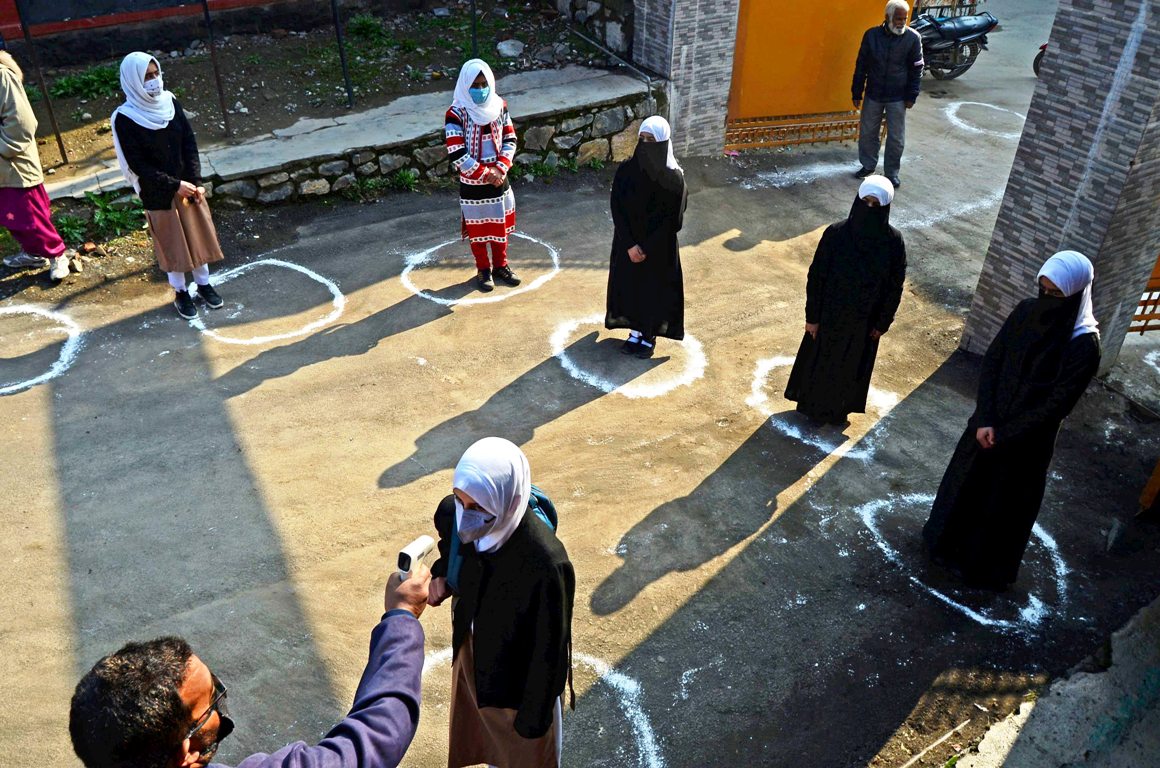
On February 8, 2022, the Jammu and Kashmir Board of School Education (JKBOSE) declared the twelfth class results, declaring 54075 (75 per cent) of 72180 students successful. They are still waiting to join the next class but there is no clarity about when the colleges will admit the new batch of undergrads. The delay in the admission process has frustrated the students. The twelfth class students from the CBSC, who were declared successful in 2021 late summer, have already lost a year.
Samiya passed her senior secondary board examination with 80 per cent marks in science subjects. She applied for the honours course in Biology at Cluster University Srinagar in March. The selection list was supposed to be announced on the basis of merit but two months have passed and the list is nowhere.
“The uncertainty regarding my career has made me sick. The students in Kashmir valley have already suffered largely in the past few years due to pandemics and other lockdowns,” Samiya said. “I have a feeling that my precious time is getting wasted at home which is affecting my personality, my determination and creativity. I should have been attending classes.”
Mowhid, a non-medical student, also waiting for his admission, said he misses the classroom environment. “Our education continues to be causality because of the delay in the process of admissions,” Mowhid said.
Mental Mess
Mental health experts have already been flagging the mental mess that Kashmir’s new generation is confronted with. Apart from marring their intellectual growth, they say depression among them is increasing. At least 16 per cent of the school going students in Kashmir have depression while over 20 per cent of them have been diagnosed with anxiety, experts at the Institute of Mental Health and Neurosciences (IMHANS) said. This was largely triggered by the school closures induced by the Covid19 lock-downs. The prevalence of anxiety ranges from 14 per cent in boys to 27.5 per cent in girls.

“Such delays can be frustrating for most adolescents. There is a possibility that students may lose interest in studies due to the prolonged delay in their admissions that can further lead to anger and irritability,” Masood Maqbool, a lecturer at IMHANS said. “Adolescent brains do not like situations that seem to be out of their hands and prolonged uncertainty can also lead to issues like anxiety and dysphoric emotions. Moving with the wind and accepting the situation may help most adolescents. Further, distractions that include a lot of physical activities would be of great help.”
Delay, Why?
“The process of implementation of NEP-2020 is in progress. We cannot start UG admissions unless UGC guidelines for the same are released as it is supposed to offer details about the mode of admission,” Dr Nisar Ahmad Mir, Registrar, University of Kashmir said. “There will be a multi-disciplinary approach as the students will get a choice to study subjects from different fields in the first three semesters of their graduation after which they will have to choose subject specifications.”
Mir expects the final draft of the NEP to reach them within a month.
There is another factor to the delay. Dr Syed Zahoor A Geelani, Dean and Head of the School of Education, at the Central University of Kashmir said the admissions were put on hold because the government decided to shift the academic session from March to July for Higher Educational Institutions (HEIs) so that National Testing Agency (NTA) is able to conduct university entrance tests across India in a smooth way.
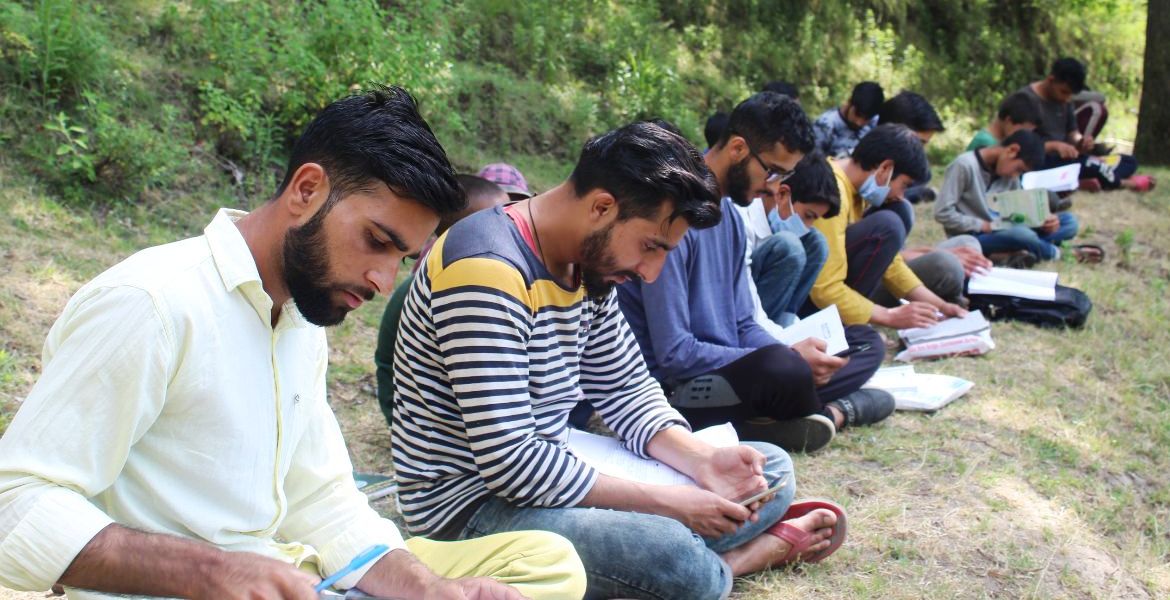
“According to NEP- 2020, NTA will be conducting all the university entrance tests throughout India,” Geelani said. “For this, it is necessary to have a Uniform Academic Calendar for all the universities in Jammu and Kashmir which will be in sync with National Academic Calendar.”
Credit System
The delay is attributed to the twin factors. The implementation of NEP is expected to make rudimentary shifts in the education setup.
Introducing the concept of transfer of credits, the NEP-2020 is changing the pedagogical structuring of higher education across India. Students will be having levels instead of degrees. The first four levels have been given to school education and higher education will take over from the fifth level.
After completion of each level, typically two semesters, a student is eligible to get a certificate, diploma or a degree. For entry into level 5, the eligibility is a school leaving certificate after the completion of the twelfth class.
According to the National Higher Education qualification framework, a student should have earned at least 40 credits in the first year of college to get a certificate course. In case a student decides to exit the programme, all these credits will be stored in the Academic Bank of Credits that can be redeemed for joining this course or an allied course within seven years.
If the student continues to the second year and completes it with 72-80 credits, a diploma is awarded. Similar to the first year, he/she can exit at this stage with a diploma and can rejoin within seven years after redeeming the credits.
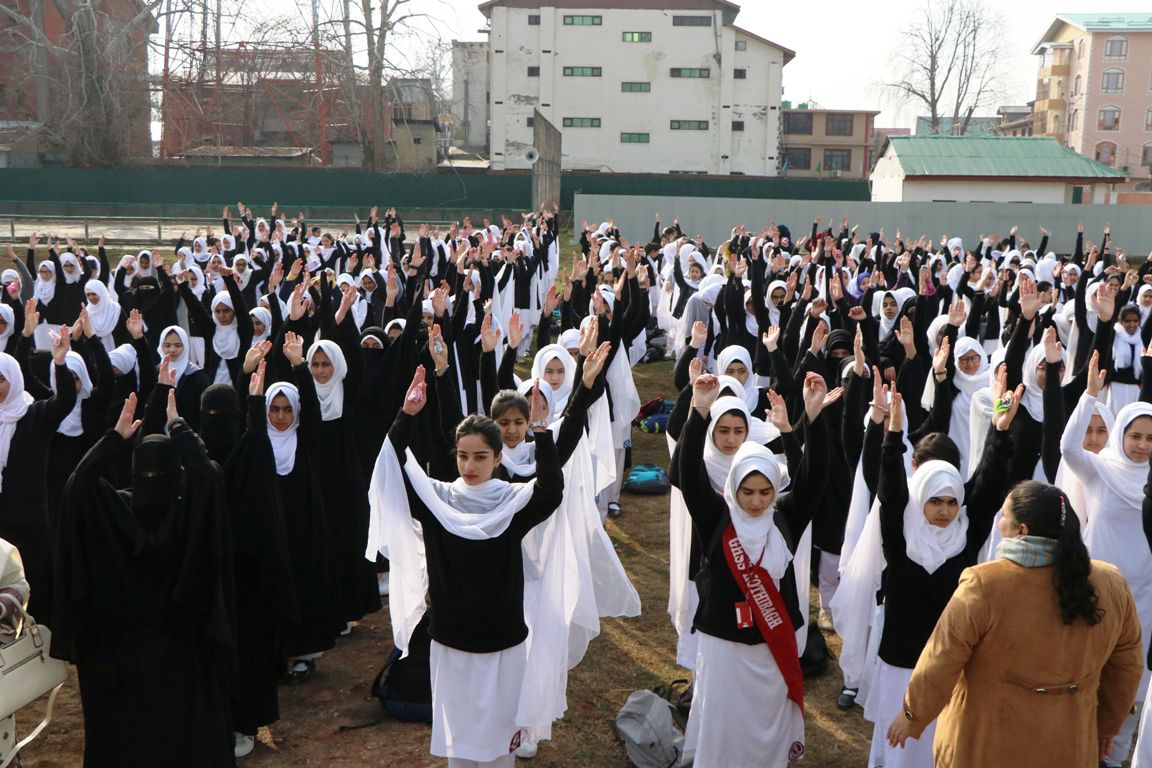
Once a student completes the third year of the UG degree programme, he/she will be awarded a bachelor’s degree. Here, 120 credits are required. It is not necessary that a student should earn credits from a single institution. He/she can transfer credits from one institution to another. For this purpose, the Academic Bank of Credits has been formed by University Grants Commission under National Academic Depository (NAAD). There is a provision of 43 crore students initially. Institutions and students have been asked to register. The credits of the students will be stored digitally in using Digi Locker. These credits will be required to award degrees, diplomas or certificate courses.
One of the major challenges is the implementation of credit transfer in cases where there is the possibility of repetition of the content and curriculum of a student while shifting from one institution to another. “If a student decides to shift to another institution after having completed two semesters from one institution, there is no guarantee that the content and syllabus he has studied in his/her first year will not be repeated there,” Geelani said. “In order to deal with this issue of curriculum compatibility and to ensure a smooth transition of a student from one institute to another, a committee comprising all the universities of Jammu and Kashmir was formed. The process has been completed. NTA has also completed its job and from the month of June, the admission process for undergraduate courses will start all over India including Jammu and Kashmir.”
The New Policy
The NEP-2020 is an outcome of a long process that started evolving in 1964. Lok Sabha passed the first education policy in 1968. The second education policy came in 1986 and NEP-2020 is the third and the first major one.
Dr Geelani terms NEP-2020 “very ambitious”. Its implementation is expected to be in a phased manner. It provides 20 years for its implementation so that it is fully operationalized in 2040.
“There are only three paragraphs in the entire policy which provide a pragmatic roadmap for its implementation. We expect detailed guidelines will come out in near future,” Geelani said. “The Ministry of Education is working on it and every month something new comes out explaining its implementation.”
NEP-2020 is changing the pedagogical structuring of the education system in India that is literally in vogue since 1917 when the Calcutta University Commission suggested a 10+2+3 structure. It has modified the 10+2 structure in school education to 5+3+3+4 covering the 3-18 year age group.
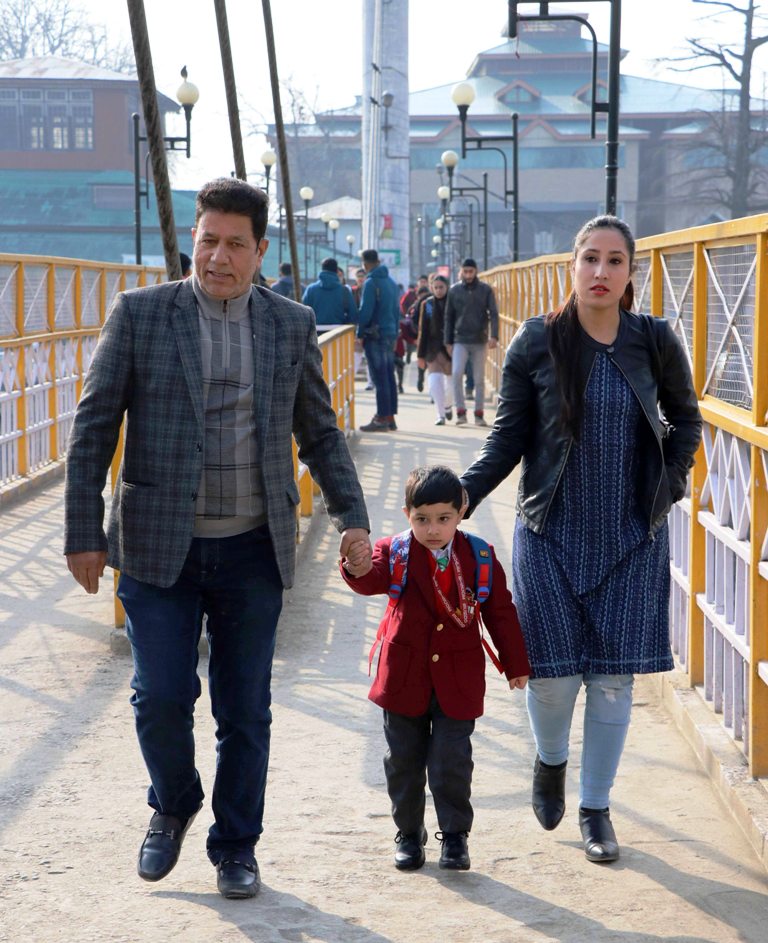
Since 85 per cent of human brain development takes place up to the age of six years including the critically important domains of language, cognitive and socio-emotional development, NEP-2020 has introduced formal learning in school from three to eight years of age. Now the Foundational Stage will comprise three years of pre-primary (Nursery, KG and Upper KG) and two years of primary (Classes 1 and 2).
“Pre-primary education has been formalized which will play a pivotal role in the overall development of children. This will also address the new trend of the nuclear families where the mother is also working,” Geelani said. “Pre-primary schools in the form of Bal Vatika, Anganwari Centres, Ashram Shala will facilitate in providing foundations of learning to children and also take care of their health check-up, nutrition and immunization.”
School Complex
The policy suggests consolidating a number of schools with very little strength of students and teachers into one complex. The school complex would be a secondary school put together with all other schools offering lower grades in its neighbourhood including Angansadis within a radius of 5 to 10 km.
“This policy strongly endorses the idea of school complex/ cluster, wherever possible,” the policy reads. “The aim of the school complex/cluster will be greater resource efficiency and more effective functioning and coordination, leadership, governance and management of schools in the cluster”.
This clusterization can give autonomy to the complex which was earlier restricted to zones. With Higher Secondary at the centre, it will have middle schools, high schools, and Anganwaris which will be headed by the principal of HSS who would be responsible for looking over the deficiencies in this network.
HEI Clusters
The NEP envisions establishing multi-disciplinary universities to promote research and solve contemporary national problems and provides the option of setting up clusters of Higher Education Institutes (HEI). Doing away with the affiliation system by 2035, the NEP suggests the colleges must upgrade into multi-disciplinary autonomous HEIs to become empowered to award degrees.
“Universities and colleges have been categorized into four institutions; teacher intensive institutions, research-intensive institutions, a hybrid model where both teaching and research will take place,” Geelani said. “Autonomous colleges will make the higher education system robust and effective. It will unburden the University of Kashmir, currently taking care of the curriculum and examination of the students of all affiliated colleges.”
The policy is re-designing the progress cards of all students for school-based assessment to offer “a holistic, 360 degree, a multidimensional report reflecting in great detail the progress and the uniqueness of each learner in the cognitive, affective and psychomotor domains”. Besides, it will have ‘self-assessment’, and ‘peer assessment’ as well. “The introduction of Performance Assessment, Review, and Analysis of Knowledge (PARAKH) provide a 360-degree evaluation mechanism by taking into consideration scholastic as well as non-scholastic areas,” Geelani explained. “The policy focuses on the evaluation of critical thinking, applied learning, values, personality development, innovativeness as opposed to earlier evaluation which was based mainly on rote-learning”.
The New Teacher
The NEP-2020 is pushing the teacher to its traditional role of change-maker and gives him enough autonomy. At the same time, however, he is being made accountable for the student’s entire learning process. However, the teacher does not have a role in isolation, as the policy makes civil society and parents share part of the responsibility.
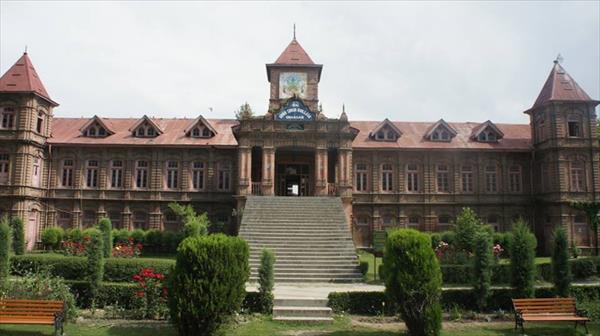
NEP seeks the usage of technology in education and ICT is expected to play a major role. This, however, is pushing the teacher to become a tech-savvy or techno-friendly professional.
It targets to raise Gross Enrolment Ratio (GER) to 50 per cent by 2035 in higher education which is currently 27 per cent. The targets are being seen as ambitious.
NEP aims to achieve it by restructuring the curriculum and pedagogy and reform assessments.
The Flip Side
On the flip side, the NEP-2020 critique suggests that it has ignored Article 21A of the constitution of India that gives a right to free and compulsory education to all children belonging to the 6-14 years age group as a fundamental right. NEP 2020 goes with the concept of universalisation of education for children from the age of three to 18 years. It does not mention education as a fundamental right as per the Right to Education (RTE) Act. Critics say without making education a legal right ‘the universalisation’ of education becomes difficult. The policy also ignores any reference to child labour or child marriage as factors hindering a child’s education. Besides, it offers no answer to why more than two crore children are still out of school and only 12 schools have fulfilled RTE norms.
The policy upholds mother tongue as a medium of instruction for children which creates numerous challenges given the fact that there is a problematic teacher to student ratio in India. Thus introducing mother languages for each subject in academic institutes is a problem. India has 437 languages and in Jammu and Kashmir, there are almost half a dozen.
6% GDP for Education
NEP2020 seeks an expenditure of six per cent of GDP on education. Currently, it is only three per cent. “An effective implementation would revolutionalize the education set up. The increased financial resources will help a long way in mitigating the deficiency in the human resource and infrastructure as far as our education sector is concerned,” believes Geelani.
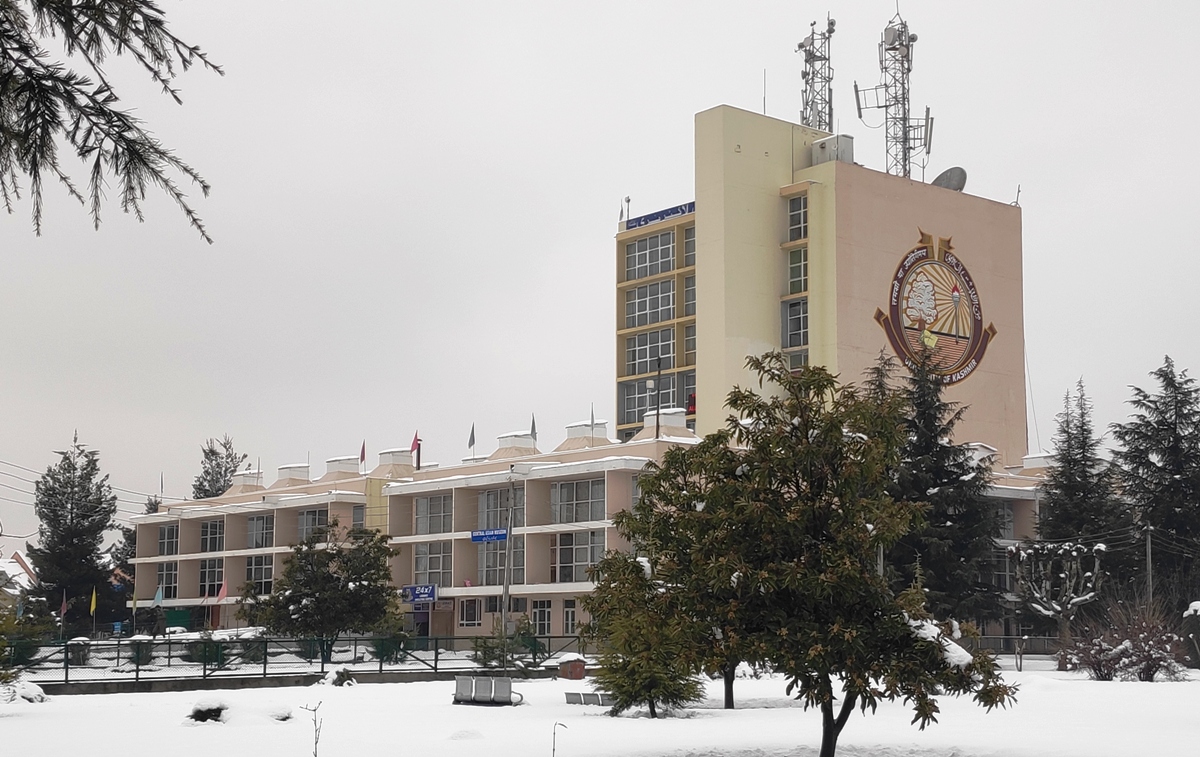
However, experts insist the budget for the current fiscal has ignored the policy framework. “The budget has reduced the outgo to education to less than two per cent,” Anil Swaroop, former secretary, School Education and Literacy department told reporters. “The education budget may have crossed a landmark of Rs 1 lakh crore but it has been decreasing as a percentage of total expenditure.”
PM e-Vidhya scheme has been reduced to Rs 421.01 crore in 2022-23 from Rs 645.61 crore in 2021-22. Allocations to adult education and teacher training have also gone down.
Federal Structure
Education across India falls under the state and many states have opposed the idea of the central government taking over their rights. Some states have refused point-blank to implement the policy and have decided to create their own policy.
Academics that this reporter talked to suggest that the federally ruled Jammu and Kashmir should not be made “a laboratory for NEP-2020”. One academic said: There could be a lot of problems because the atmosphere we live in is not conducive for such experiments.” This is despite the fact that all the universities in Jammu and Kashmir have taken steps to adopt a common core curriculum and higher education has formulated a common academic calendar.
Experts have cautioned against implementing the multi-disciplinary education in which a student can have the liberty of picking any humanities or science subject at any stage. They suggest this should start from school rather than higher education.
Insufficient Document
Educationalist and Director of Core ISPD Mind Master Academy, Dr Tariq Marghoob sees the policy as an insufficient document when it comes to the implementation of critical thinking, and innovativeness as it speaks about these terms superficially without actually providing the roadmap for the same.
“There will be no benefit on the ground if we only speak about creative thinking without talking about the environment necessary for the same and how can we provide the same to children,” Tariq said. “There should have been an elaboration regarding the methods which would foster such an environment, incorporation of special training programmes and workshops for children to help them develop resilience.”
UNESCO in its latest report suggests that in 20 years, the world will have the highest number of graduates in history thus reducing the academic qualification to mere gate passes. The success of a graduate will depend on his/her curious, innovative and resilient character in adopting new changes.
For a successful implementation of the policy, Tariq said the emphasis has to be on training teachers. “A child from Kupwara may need different educational training than a child from Srinagar,” he said. “There are many sociological, economical and psychological factors which need to be considered.”
Dr Tariq suggests psychometric tests must be made a part of the early education system where the passion of a child is recognized. Working on the strengths of a child will make him or her special and will then contribute more effectively to the world. “We must avoid harvesting apple out of grapes.”
Play Way Method
The play-way method is not about making children play games but an idea of making the teacher brings joy to the classroom so that children celebrate and remain hooked to learning in the same way players remain hooked to a game.
“If we are able to involve children in education that way, it will change the perception of education and they will feel motivated to think creatively,” Tariq said. “Creativity is not possible without questioning. Therefore, we should encourage children to question which will eventually embolden them to challenge the status quo and that is how they will become innovative.” He suggests that teachers need to ensure their ‘involvement’ rather than ‘commitment”.















